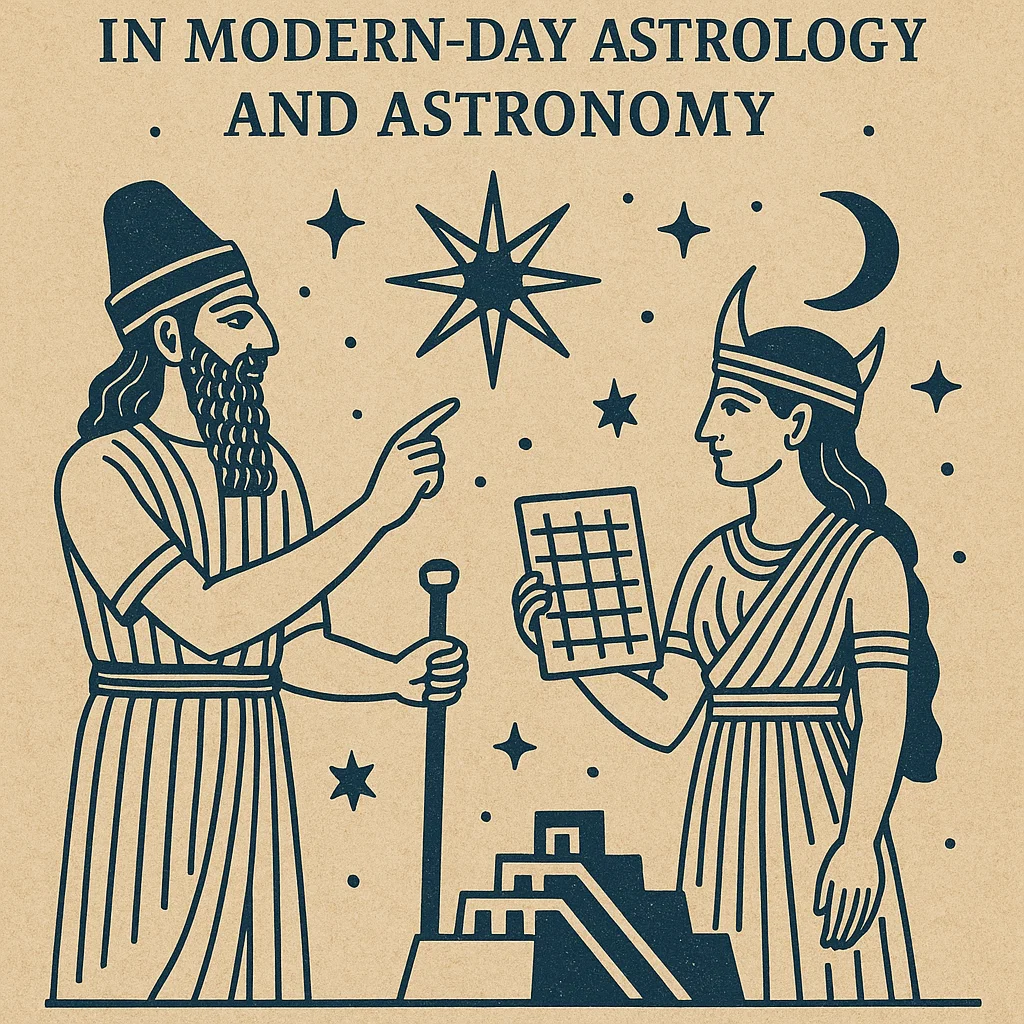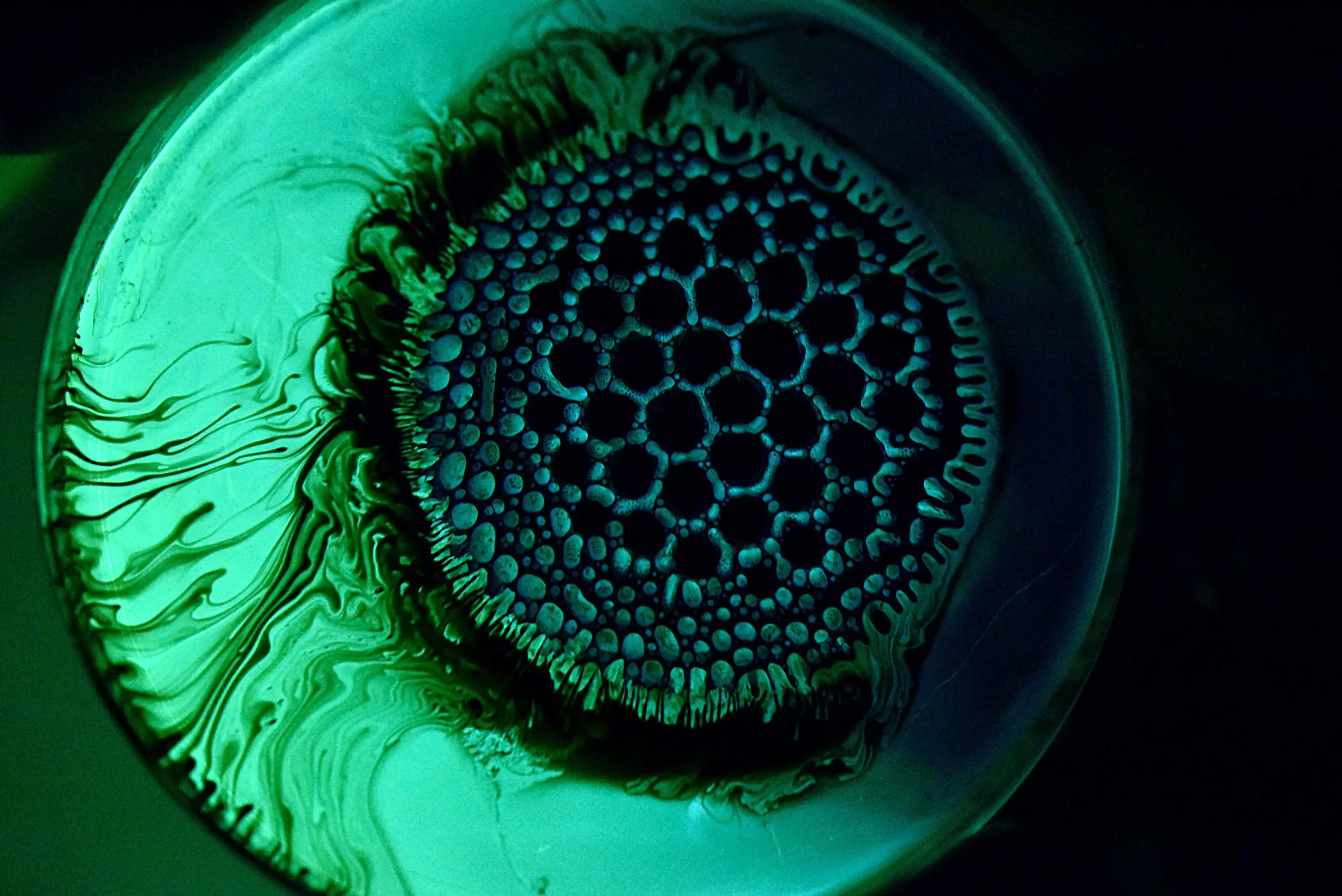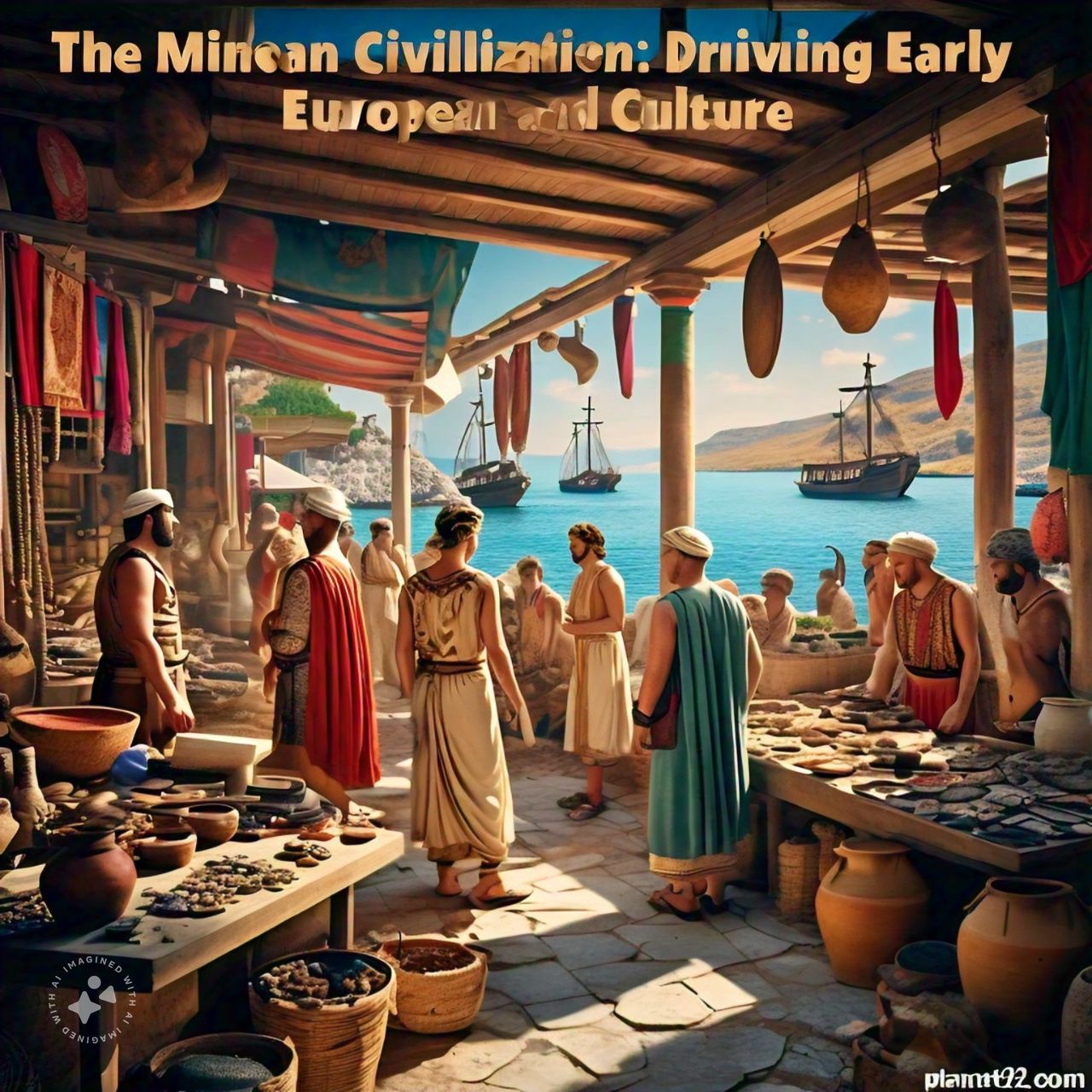The Role of the Minoan Civilization in Early European Trade and Culture
Introduction
The Minoan civilization, flourishing from around 2600 to 1400 BCE on the island of Crete, represents one of the most significant early cultures in European history. Often overshadowed by their contemporaries in Mesopotamia and Egypt, the Minoans played a crucial role in shaping early European trade and cultural exchanges. Their advanced society, marked by intricate palatial complexes, sophisticated art, and extensive trade networks, had a profound impact on the development of later Mediterranean and European cultures. This article explores the multifaceted role of the Minoan civilization in early European trade and culture, highlighting their contributions to commerce, technology, and cultural development.
The Minoan Trade Network
The Minoans were master traders, establishing one of the earliest and most extensive maritime trading networks in the ancient world. Their strategic location in the central Mediterranean allowed them to act as intermediaries between the civilizations of the Near East, Egypt, and the Aegean region.
- Maritime Trade:
- The Minoans developed an advanced maritime infrastructure, including a powerful navy and an extensive network of trading ports. Their ships, capable of navigating the often-treacherous waters of the Mediterranean, were essential in establishing trade routes that connected Crete with other major centers of commerce.
- Minoan traders engaged in the exchange of a variety of goods. They exported products such as olive oil, wine, pottery, and textiles, while importing luxury items like copper, tin, ivory, and precious stones from distant lands. This trade not only brought wealth to Crete but also facilitated the flow of ideas and technologies across the Mediterranean.
- Cultural Exchange:
- The Minoans’ interactions with other ancient civilizations led to significant cultural exchanges. Artifacts discovered in Minoan archaeological sites, including pottery and frescoes, reveal influences from Egypt, the Near East, and Anatolia, suggesting a dynamic exchange of artistic styles and techniques.
- Minoan art, characterized by vibrant frescoes and intricate ceramics, reflects a blend of local and foreign influences. This artistic synthesis highlights the Minoans’ role in mediating cultural interactions across the Mediterranean.
Minoan Palatial Complexes and Architecture
The Minoans are renowned for their impressive palatial complexes, which served as administrative, economic, and cultural hubs. These palaces, such as Knossos, Phaistos, and Malia, were architectural marvels that played a crucial role in the civilization’s trade and cultural life.
- Palatial Centers:
- The palaces of Minoan Crete were large, multi-story structures with complex layouts, featuring numerous rooms, storage areas, and elaborate frescoes. These palatial centers acted as economic and administrative hubs, overseeing the management of resources and trade.
- The central courtyards and storage magazines found in these palaces indicate their role in organizing and facilitating trade activities. The palaces also served as centers for the production of luxury goods, such as intricately decorated pottery and textiles, which were traded throughout the Mediterranean.
- Architectural Innovations:
- Minoan architecture introduced several innovations, including the use of advanced drainage systems, large storage jars (pithoi), and sophisticated fresco techniques. These advancements reflect the Minoans’ technical expertise and their ability to create functional and aesthetically pleasing structures.
- The design of the palaces, with their open courtyards and complex layouts, influenced later architectural developments in the Aegean and Mediterranean regions. The Minoans’ use of columns, light wells, and ventilation systems became models for subsequent architectural styles.
Minoan Art and Culture
Minoan art and culture were deeply interconnected with their trade activities, reflecting both local traditions and foreign influences. The Minoans’ artistic achievements provide valuable insights into their society and its interactions with other cultures.
- Frescoes and Pottery:
- Minoan frescoes, such as those found in the Palace of Knossos, depict vibrant scenes of nature, religious rituals, and everyday life. These artworks highlight the Minoans’ appreciation for beauty and their connection to the natural world.
- Minoan pottery, characterized by its distinctive shapes and decorations, was widely traded across the Mediterranean. The presence of Minoan-style pottery in archaeological sites outside of Crete indicates the far-reaching influence of Minoan culture.
- Religious Practices:
- The Minoans practiced a polytheistic religion centered around nature deities and fertility cults. Their religious rituals, often depicted in frescoes and figurines, were an important aspect of their cultural identity.
- The Minoan goddess, often associated with serpents and fertility, was a central figure in their religious practices. The worship of this deity and the use of symbolic artifacts reflect the significance of religion in Minoan society and its influence on neighboring cultures.
The Decline of Minoan Civilization
The Minoan civilization began to decline around 1450 BCE, with the fall of major palatial centers and the rise of new powers in the Aegean region. Several factors contributed to this decline, including natural disasters, such as earthquakes and volcanic eruptions, and external invasions.
- Natural Disasters:
- The eruption of the Thera volcano (modern-day Santorini) around 1600 BCE is believed to have had a significant impact on Minoan Crete. The resulting volcanic ash and tsunamis likely disrupted trade and agriculture, contributing to the decline of Minoan civilization.
- Invasions and Internal Strife:
- The later stages of Minoan history saw the rise of Mycenaean Greeks on the mainland, who exerted influence over Crete and its trade networks. The Mycenaeans’ expansion and eventual dominance in the Aegean region may have contributed to the Minoans’ decline.

Legacy and Influence
Despite its decline, the legacy of the Minoan civilization lived on through its influence on subsequent cultures. The Minoans’ contributions to art, architecture, and trade had a lasting impact on the development of Greek and Mediterranean civilizations.
- Influence on Greek Culture:
- The Minoans’ artistic and architectural innovations were absorbed by the Mycenaeans and later Greek cultures. The use of frescoes, columnar architecture, and complex palatial designs can be seen in Mycenaean and classical Greek art and buildings.
- Cultural Continuity:
- The Minoans’ trade networks and cultural exchanges contributed to the creation of a shared Mediterranean identity, influencing the development of commerce, technology, and cultural practices across the region.
Conclusion
The Minoan civilization was a key player in the early history of European trade and culture. Through their extensive maritime trade network, innovative architecture, and vibrant art, the Minoans shaped the cultural and economic landscape of the Mediterranean. Their influence extended beyond their decline, leaving a lasting legacy that continued to impact the development of subsequent civilizations in the Aegean and beyond. The story of the Minoans underscores the importance of understanding early European cultures and their contributions to the broader history of the ancient world.










